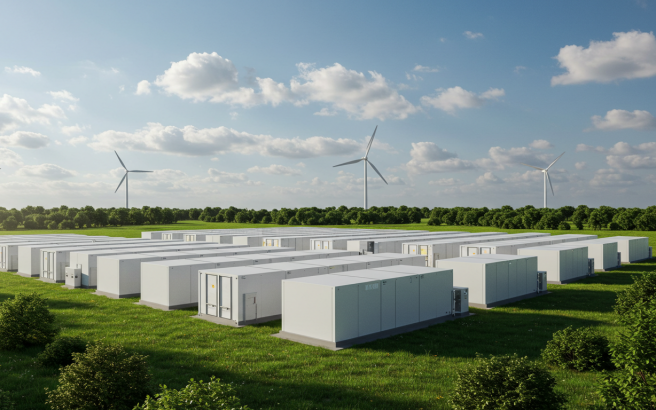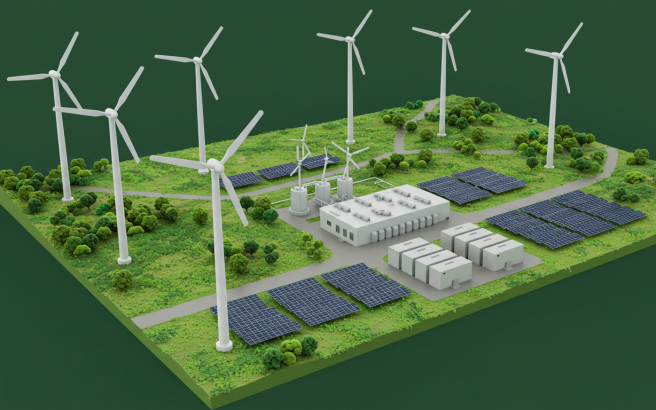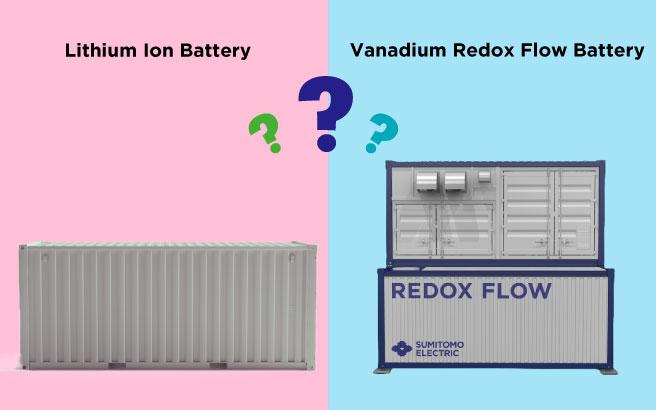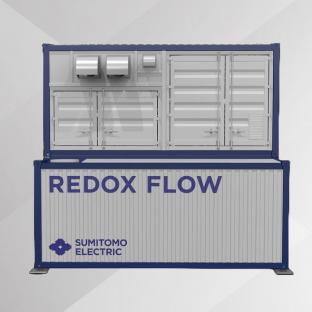
Featured Stories
The Surge in U.S. Data Center Power Demand and the Role of LDES
Electricity demand in the U.S. has surged due to the rapid growth of data centers, while delays in grid connections and infrastructure expansion have created significant power supply challenges. Solutions like Load Flexibility and Long-Duration Energy Storage (LDES) offer sustainable and reliable energy operations, cost optimization, and improved efficiency for data centers.
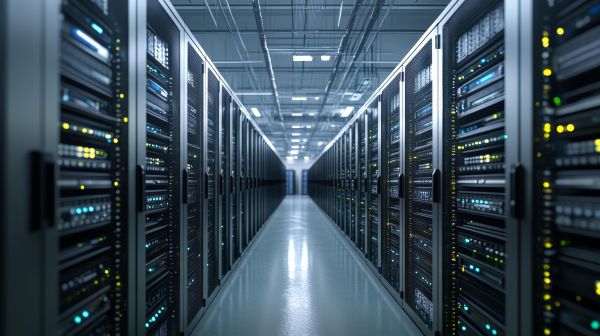
◇ The Growing Power Demand Challenge
The U.S. is experiencing an unprecedented surge in electricity demand, driven primarily by data centers, industrial manufacturing, and the electrification of transportation and heating. However, power generation and transmission infrastructure expansion is struggling to keep pace due to interconnection delays, permitting challenges, and supply chain constraints.
The latest Long-Term Reliability Assessment (LTRA) projects winter peak demand to increase by nearly 18%, reaching 149 GW compared to almost 92 GW in the 2023 LTRA. According to the report 'Rethinking Load Growth' by the Nicholas Institute for Energy, Environment & Sustainability at Duke University, one of the primary drivers of this rapid demand increase is data center expansion:
- Data centers are expected to add up to 65 GW of demand by 2029.
- They will account for 44% of U.S. electricity demand growth by 2028.
- AI workloads will make up 50–70% of data center power demand by 2030, with generative AI contributing 40–60% of this increase.
◇ Infrastructure Constraints: Why Supply Can't Keep Up
While demand surges, expanding power supply is not keeping pace due to several significant challenges:
- Interconnection delays – Power generation projects face years-long backlogs before connecting to the grid.
- Lengthy permitting processes – New power plants and transmission lines must undergo strict environmental and regulatory approvals, delaying projects.
- Supply chain bottlenecks – Limited availability of transmission equipment and skilled labor is slowing power infrastructure expansion.
Given these pervasive constraints, alternative solutions are urgently needed.
Two of the most effective strategies for addressing this gap are load flexibility and long-duration energy storage (LDES).
◇ Solution #1: Leveraging Load Flexibility
What Is Load Flexibility?
Load flexibility allows electricity consumers such as data centers to temporarily reduce power consumption during peak demand periods, helping stabilize the grid and avoid costly infrastructure upgrades.
Data centers can implement load flexibility in several ways:
- On-site power generation – Using backup generators or distributed energy resources (DERs) to supplement grid power.
- Workload shifting – Transferring AI and cloud workloads to other data centers in different regions or during off-peak hours.
- Temporary operational adjustments – Scaling down non-critical workloads when grid demand is highest.
How Much Load Flexibility Can Help
According to the report 'Rethinking Load Growth' by the Nicholas Institute for Energy, Environment & Sustainability at Duke University, the following impacts are noted:
- Up to 76 GW of new load could be integrated with just 0.25% annual curtailment.
- 98 GW could be integrated with 0.5% curtailment, and 126 GW with 1.0% curtailment.
- Curtailment events would be short, lasting only 1.7 to 2.5 hours on average.
- Nearly 90% of curtailment events would require reducing less than 50% of the new load.
These findings highlight how strategic load flexibility can significantly reduce the need for immediate infrastructure expansion while maintaining reliable operations.
◇ Solution #2: The Role of Long-Duration Energy Storage (LDES)
What Is LDES?
Long-duration energy storage (LDES) stores excess electricity for extended periods (hours to days), allowing energy to be used when demand is high. Unlike conventional batteries, LDES supports sustained power delivery, making it a crucial tool for grid stability and cost optimization.
Key Benefits of LDES
- Peak Demand Management – LDES smooths out demand spikes by storing power when electricity is cheap and supplying it when demand is high.
- Cost Optimization – By leveraging time-of-use pricing, LDES helps data enters cut energy costs and avoid expensive peak-hour electricity rates.
- ESG and Sustainability Advantages – LDES enables greater integration of renewable energy sources like solar and wind, reducing reliance on fossil fuels. This supports corporate ESG (Environmental, Social, and Governance) goals, enhances sustainability metrics, and helps meet regulatory emissions targets. Companies investing in LDES can improve their carbon footprint reporting, strengthen investor confidence, and align with sustainability-focused policies.
◇ LDES Implementation Strategy
1. Choosing the Right Technology – Options include flow batteries, compressed air energy storage, and green hydrogen, depending on site-specific needs.
2. Grid Participation – LDES systems can store energy during low-demand hours and release it when the grid needs support, improving overall efficiency.
3. Customizing for Data Centers – Tailoring LDES solutions to match AI-driven and cloud computing workloads ensures maximum cost savings and resilience.
◇ Conclusion - A Smarter Approach to Meeting Rising Power Demand
The rapid surge in electricity demand—especially from data centers—is placing unprecedented strain on the U.S. power grid. Infrastructure expansion is struggling to keep up, making immediate, scalable solutions essential.
To address these challenges, data center operators should:
- Leverage load flexibility to dynamically manage power consumption and ease grid stress.
- Adopt LDES to optimize costs, support renewables, and enhance energy resilience.
- Engage with energy markets to capitalize on price fluctuations and optimize storage strategies.
By integrating these strategies, data centers can maintain reliable operations, reduce energy costs, and advance sustainability efforts—all while adapting to the rapidly evolving energy landscape.
References:
- North American Electric Reliability Corporation. (2024). 2024 Long-Term Reliability Assessment. Retrieved from here
- Duke University, Nicholas Institute for Environmental Policy Solutions. (n.d.). Rethinking Load Growth. Retrieved from here
Follow us on LinkedIn!
If you enjoyed this Feature Story, be sure to follow Sumitomo Electric U.S.A on LinkedIn. We share updates there whenever new stories are published. (Note: Sumitomo Electric Group also has a global LinkedIn account for corporate updates.)
